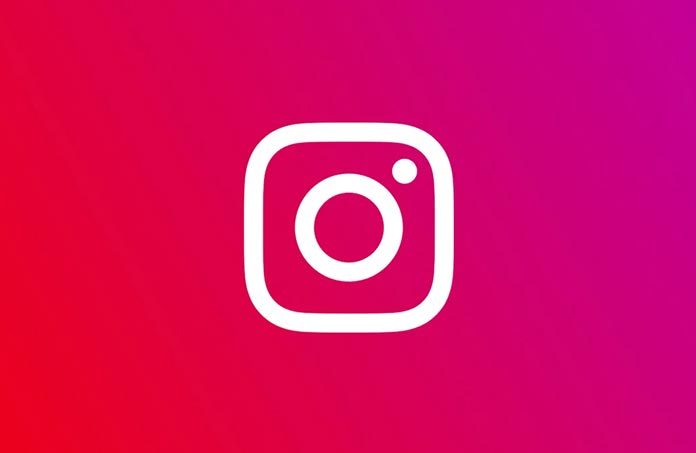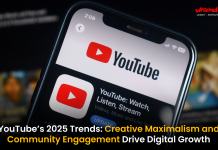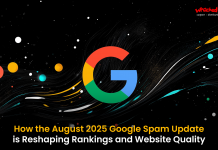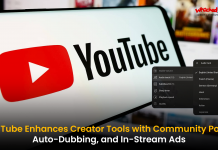The photo and video sharing app Instagram has become one of the fastest growing and developing apps ever since its launch in 2010. The social networking service, which is owned by Facebook, was created by Kevin Systrom and Mike Krieger. At the time of its launch in October 2010, the app was exclusively available for iOS users. However, another version for Android devices was released in April 2012, almost two years after the app’s launch. The app also launched a website version with limited features in 2012, which was made available for Windows 10 users in 2016.
Instagram allows its users to upload photos and videos, which the users can edit using the various filters available on the app. The users are also able to tag other people and add locations to their posts.
Instagram users can share their posts publicly, wherein any person using the app or pre approved followers can view the posts of other users. The app also allows users to discover other accounts through tags and locations. Users can like and also follow other accounts to view their content on their feeds.
The app gained wide popularity after its launch and saw 1 million registered users in just under two months and by May 2019, the app had around 1 billion registered users. Today, let us look at the evolution of Instagram to become a giant social media marketing platform.
2010
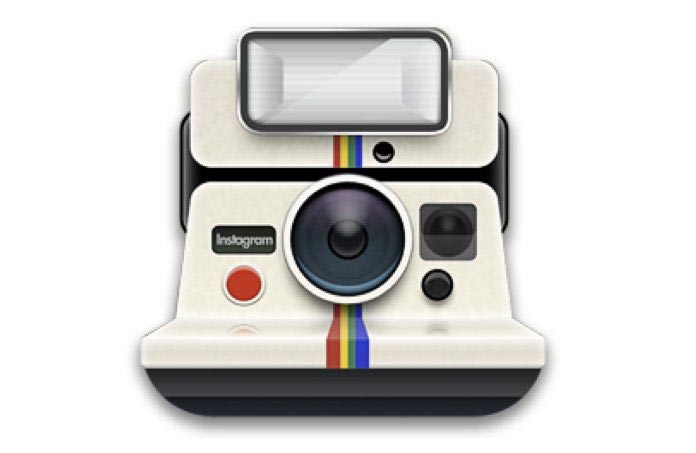
Creators Kevin Systrom and Mike Krieger started developing Instagram in San Francisco after they decided to convert their multi featured HTML5 check in project, Burbn, into a mobile photography site. The duo named the app Instagram, which is a combination of ‘instant camera’ and ‘telegram.’ Systrom, while working on Burbn, went on to close a $ 500,000 seed funding deal with Baseline Ventures and Andreessen Horowitz on March 5th, 2010.
The first post on Instagram was a photo of the South Beach Harbour at Pier 38, which was posted by Instagram creator Mike Krieger on July 16th, 2010 at 5:26 P.M.
However, some consider Kevin Systrom’s photo to be the first post on Instagram. Systrom’s post was uploaded on July 16th, 2010, a few hours after Krieger’s post. Systrom’s photo, which used Instagram’s X-PRO2 filter, showed a screen of a video game.
The Instagram iOS app was officially released on the App Store on October 6th, 2010.
2011
Instagram reported it raised $ 7 million through Series A funding from a variety of investors by February 2011. The investors included Benchmark Capital, Jack Dorsey, Chris Sacca and Adam D’Angelo. After the funding, Instagram was valued at $ 20 million.
2011 was also the year when Instagram added the hashtags feature to the app. Hashtag was a feature which allowed Instagram users to relate a word with a photo or text posted on the social media app. However, Instagram was not the first app to use hashtags. Other social media platforms like Facebook and Twitter had been using hashtags prior to Instagram. In fact, hashtags were invented by a technology evangelist Chris Messina, who asked people through a tweet how they would feel about using # for groups.
2012

It was reported by The Wall Street Journal in March 2012 Instagram raised a new round of financing which would make the Company’s value touch $ 500 million. The report was confirmed the following month when Instagram raised $ 50 million from various venture capitalists. Instagram also released an Android version of the app on April 3rd, 2012. The Android version was downloaded more than 1 million times in less than one day after the release.
Even though Instagram was popular among people, the app was not making any significant revenue. The reason behind this being there was nothing much users could do, except sharing photos. During this time, the founders of Instagram were approached by Facebook CEO Mark Zuckerberg, who was interested in purchasing the app. The founders accepted the offer and a deal of $ 1 billion was made. Facebook officially bought Instagram on April 9th, 2012. Mark Zuckerberg shared his vision to build and grow Instagram as an independent company.
In November of the same year, Instagram launched its website profiles, which allowed anyone to see their feed using the web browsers. However, the website version of Instagram had limited features. The website version did not have a search bar or news feed and users could not upload photos.
2013
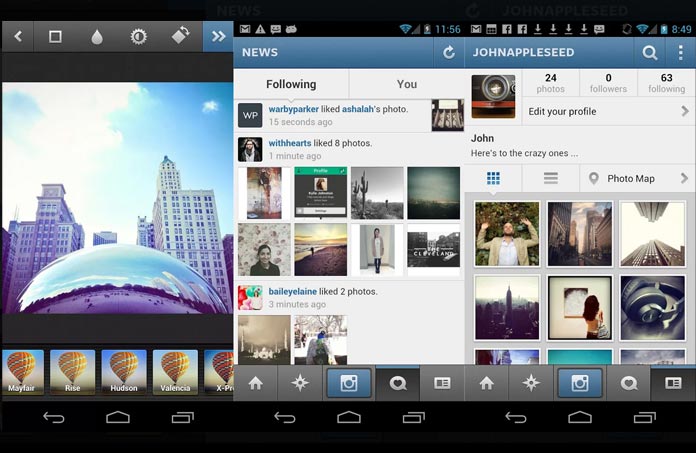
In 2013, Facebook, in order to make profit after buying Instagram, introduced a new advertising feature on the app. Instagram also announced an update which allowed users to upload bigger photos.
The Company, in an effort to compete with the then popular app, Vine, introduced another feature which allowed users to upload 15 second videos. Finally, in December 2013, the Company launched Instagram Direct, which let users interact with other users of the platform through private messages.
In 2013, Instagram released an official Instagram app for Windows phones. However, the app was released as a beta version, which lacked the ability to record and upload videos. It was in 2016 Instagram upgraded the app and added support for video and direct messages.
2014
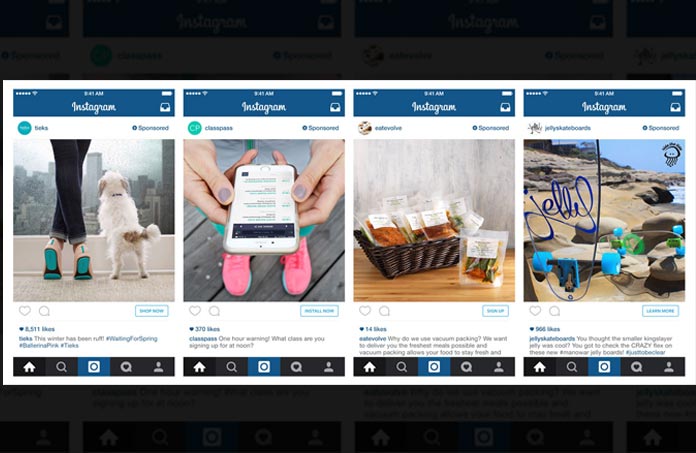
In 2014, the Android version of Instagram received two major updates. Firstly, the size of the app was cut by half and significant changes were made to improve the performance and responsiveness of the app on a wide range of Android devices. The second update was an offline mode, through which previously loaded content was made available on the news feed without an internet connection. Users were able to comment, like, save media and unfollow users while being offline. All of these actions would take effect after the user went back online. In the same year, Instagram also introduced the now popular video ads to the platform.
2015
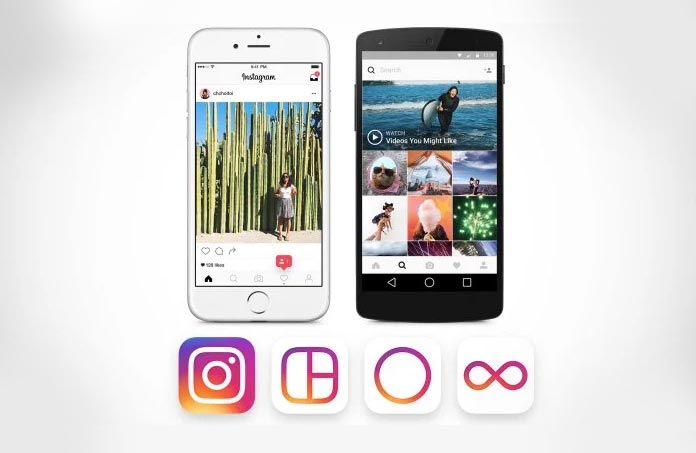
By 2015, Instagram became a major social media platform. The Company launched Instagram Hyperlapse in May 2015, which allowed users to record videos for more than an hour and turn them into fast time-lapse footage. The Hyperlapse helped Instagram users stabilize their videos as well. The same year, Instagram added features to support widescreen videos and released a new update as well. The update allowed users to share locations and hashtag pages, among others.
In October 2015, Instagram Boomerang was launched. The app would stitch a series of pictures together and turn it into video format that played on a loop for 6 seconds.
Instagram made various changes to its desktop website as well. The Company redesigned its desktop website and made it more flat and minimalistic. It added more screen space for each photo and made the desktop website layout resemble its app.
In 2015, Instagram announced advertisers would be able to buy carousel ads. This allowed advertisers to upload up to five images through which users could swipe. Advertisers were also given additional options like backlinking their websites to various posts, clicking on which would redirect the audience to their websites.
2016
In 2016, Instagram switched from its chronological oldest to newest news feed to an algorithm based feed. This new update was initially not well received, which led the Company to release a statement explaining this new update would help users discover lost posts. Instagram added as the platform had grown immensely, many posts got lost and users missed almost 70 % posts in which they may have been interested. Instagram also introduced the comment liking and comment disabling features. This allowed users to like any comment and also gave an option to deactivate comments on their posts.
Instagram further increased the 15 second video limit to 60 seconds. In June 2016, the Company launched Instagram Stories. The update allowed users to upload photos to their Stories, which would disappear after 24 hours. However, the Company updated the feature after a few months, which allowed users to upload videos to their Stories as well.
The year 2016 was also when Instagram added the business profile option, where users could switch from a private profile to a business one. This change allowed brands to check Instagram analytics and see how their posts were performing. This feature received 200,000 advertisers just a few months after its introduction.
2017
In 2017, not much changed on Instagram. However, Instagram updated its Stories and added augmented reality stickers, which were pretty similar to those on Snapchat.
2018
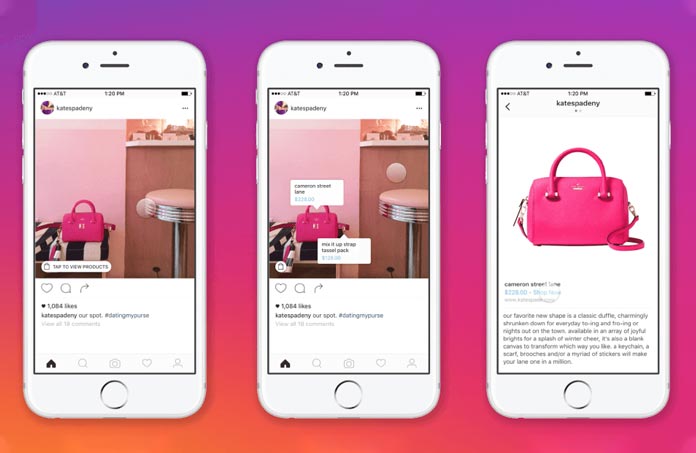
The year 2018 saw many big changes to the platform. The platform added an Instagram Shopping option, where users could find posts with information regarding products.
Instagram also added a new feature called Instagram portrait mode, where users could blur the background of a photo or video and focus on a selected subject in the photo. Instagram also added alternate text features to posts which allowed visually impaired users to listen to the descriptions of posts.
2019
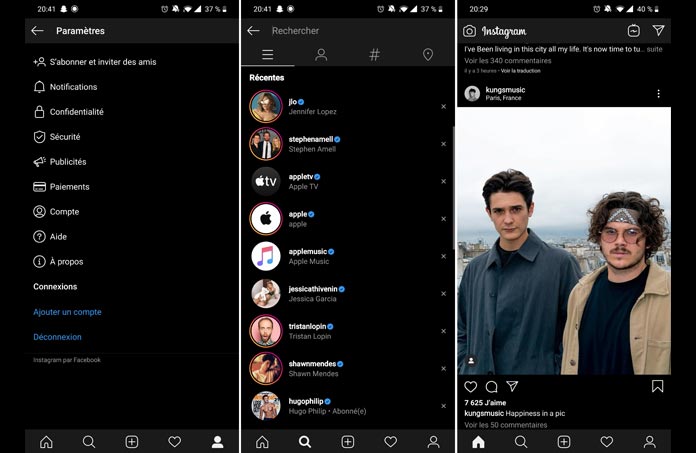
The biggest update of Instagram in 2019 was the introduction of dark mode. This update allows Instagram users to switch from the regular light mode to a dark one.
Through the years, Instagram emerged as one of the top social platforms. As Instagram is a visual platform, many brands can use it to showcase their products through posts and stories, in order to attract potential customers to the brand’s website.
To learn more about Instagram marketing and how it works, feel free to reach out to us on mail or by leaving a comment below.

